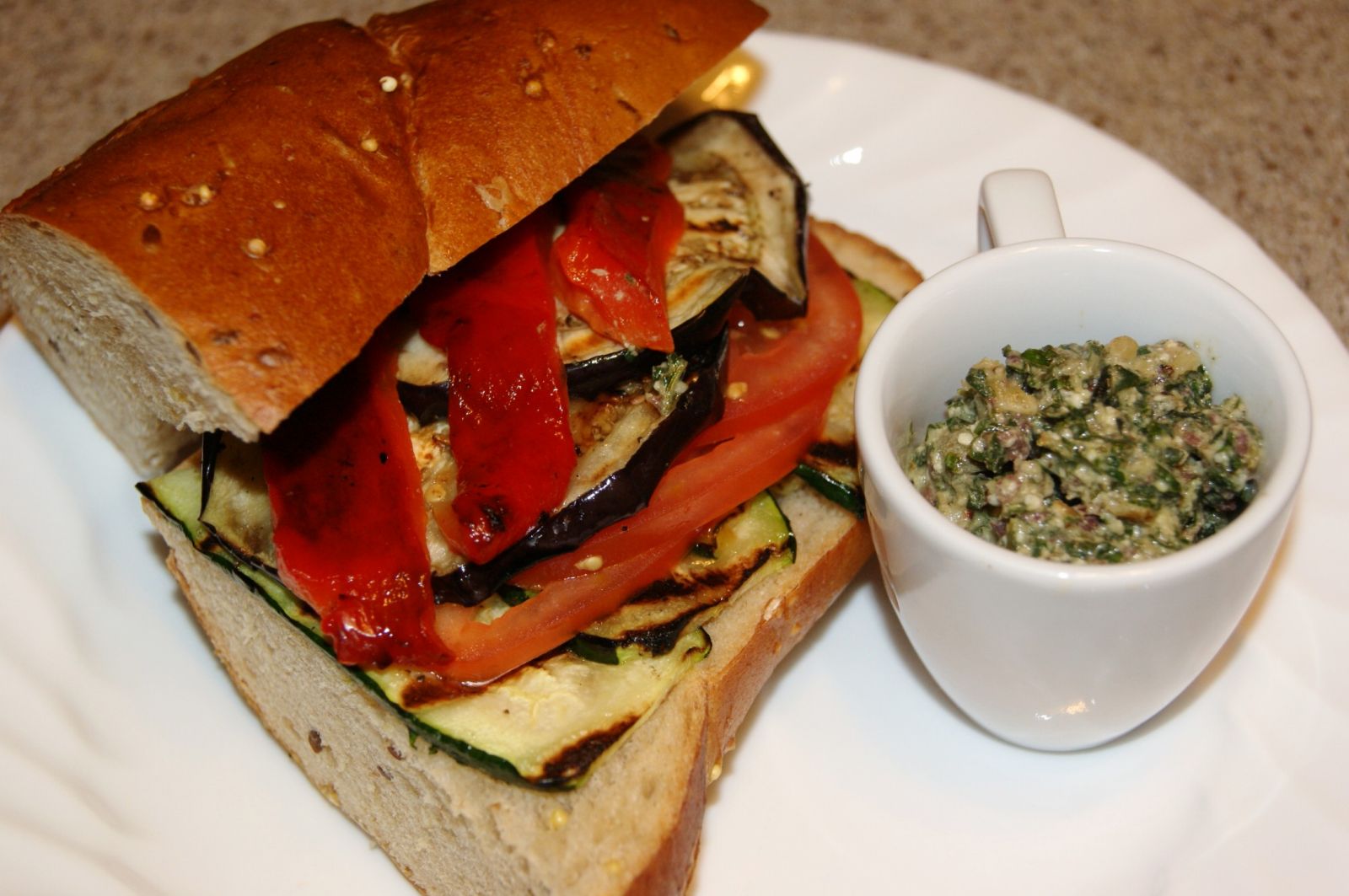Share This

A Mediterranean Gardener
Diane Welland, MS, RD
Diane is a dietitian, teacher and food writer. Her blog, eatwelleatclean strives to show people how easy and delicious it is to prepare and eat, whole, natural, unprocessed, healthy food, “clean” food, while providing some sound nutrition advice along the way. When she is not in the kitchen you can find her at a farmer’s market or a food festival. She is the author of both The Complete Idiot’s Guide to Eating Local and The Complete Idiot’s Guide to Eating Clean. You can follow her on Twitter @eatcleanguru for great nutrition updates.
Ever since I could remember my family always had a vegetable garden. My grandfather in particular was especially proud of his garden. The size of his entire (small) backyard, it flourished with tomatoes, zucchinis, peppers, eggplants and figs – thanks to a tall, majestic fig tree in the corner. The food that grew there was more than just a telltale sign of my Sicilian heritage. It offered a way to bond with family and friends, it brought people together (the bounty was often shared among neighbors and friends), and it reminded us to be respectful and grateful for the riches the land gave us.
For the last 15 years or so I have had my own garden which, along with okra, cilantro, peas and cucumbers, has a fair share of zucchini, tomatoes, peppers and eggplant, as well as two fig trees. Even though I now shop at many different and exotic markets I still find myself gravitating toward Mediterranean foods. In addition to those foods grown in home gardens there are now many locally grown Mediterranean foods available at small markets. In fact, when I was researching my second book, The Complete Idiot’s Guide to Eating Local, I was surprised to see how easily accessible these type of foods are at Farmers’ Markets all over the country.
At home these vegetables are super easy to prepare. My favorite way is to simply slice eggplant in rounds, and zucchini or yellow squash lengthwise, spray with cooking spray or brush with olive oil, and grill. Another option is to slice about ¼-inch thick, sprinkle with a bit of salt and pepper and roast in the oven at 450°F for about 15 to 20 minutes or until soft and slightly brown. (Zucchini may take less time than eggplant.) Chopped into bite-sized pieces and tossed with strips of basil and raw or sautéed garlic this versatile vegetable medley (zucchini, eggplant and peppers) can be:
- Mixed with oil and vinegar and tossed into a salad
- Heated and tossed with tomatoes and cooked pasta with feta or goat cheese
- Stirred into soup
- Stuffed in a pita with hummus
- Or used as a topping on pizza
Here I’ve grilled eggplant, zucchini and red pepper, and topped it with a slice of fresh tomato and feta pesto. Although this feta pesto is rich, a little goes a long way. It makes an excellent sandwich spread to dip for crackers. Make sure the feta is cold when you put it in the food processor, as it will get too creamy if it is at room temperature.
Don’t skip the lemon zest and capers as they are a perfect complement to the feta and enhance the lemony taste.
Feta Pesto
Ingredients:
2 cups packed basil
¼ cup feta cheese, crumbled
2 tablespoons olive oil
2 tablespoons roughly chopped walnuts
5 kalamata olives
1 teaspoon capers
½ teaspoon lemon zest
Directions:
Put basil, feta, olive oil and walnuts in food processor. Process for 10 seconds. Then add olives, capers and lemon zest. Pulse for 10 more seconds, scrape down the sides and pulse 5 to 10 more seconds. Mixture should be chunky. Makes 8 tablespoons.



Add a Comment